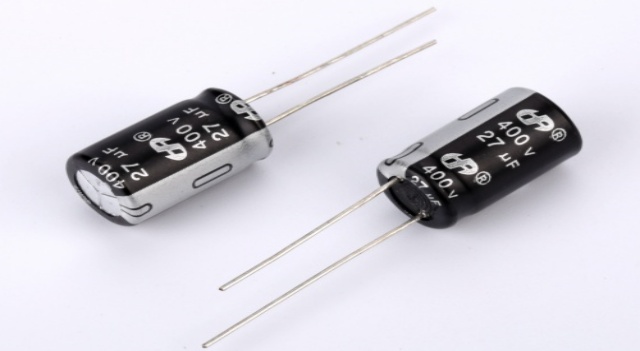Demystifying Capacitors: Understanding Their Role in Electronics
Apr 08, 2024
Capacitors are ubiquitous components found in virtually every electronic device, yet many people are unfamiliar with their function and importance. In this post, we'll explore what capacitors are, how they work, and the crucial roles they play in electronic circuits.
What is a Capacitor?
A capacitor is an electronic component that stores and releases electrical energy. It consists of two conductive plates separated by a dielectric material, such as ceramic, electrolytic, or tantalum. When a voltage is applied across the plates, an electric field is created, storing energy in the form of electrostatic charge.
How Do Capacitors Work?
Capacitors work based on the principle of capacitance, which is the ability to store electrical charge. When a voltage is applied across the plates of a capacitor, electrons accumulate on one plate while an equal number of electrons are drawn away from the other plate, creating a potential difference between them. This stored charge can be discharged when needed, releasing energy back into the circuit.
What Does a Capacitor Do?
Now that we understand how capacitors work, let's explore their primary functions in electronic circuits.
1. Energy Storage.
One of the primary functions of capacitors is to store electrical energy. They act as temporary reservoirs, storing charge when voltage is applied and releasing it when needed. This ability to store energy makes capacitors indispensable in various electronic applications, such as power supply filtering, energy storage in flashlights, and voltage regulation in circuits.
2. Filtering and Smoothing.
Capacitors are commonly used to filter out unwanted noise and fluctuations in voltage signals. By connecting capacitors in parallel with power supplies or across signal lines, they can smooth out voltage spikes and ripples, ensuring stable and reliable operation of electronic devices. This filtering capability is crucial in audio amplifiers, power supplies, and communication systems.
3. Timing and Oscillation.
Capacitors play a key role in timing circuits and oscillators, where they control the frequency and duration of electrical signals. By combining capacitors with resistors and other components, engineers can create precise timing circuits for applications such as clock generation, pulse generation, and signal modulation. Capacitors are also essential components in oscillators used in radio frequency (RF) and microwave circuits.
4. Coupling and Decoupling.
Capacitors are often used for coupling and decoupling signals between different stages of electronic circuits. They block DC (direct current) while allowing AC (alternating current) signals to pass through, ensuring proper signal transmission and isolation between circuit components. Capacitors also decouple power supplies from sensitive components, preventing noise and interference from affecting circuit performance.
In summary, capacitors are versatile components with diverse applications in electronic circuits. From storing energy and filtering signals to controlling timing and coupling signals, capacitors play a crucial role in ensuring the functionality, stability, and efficiency of electronic devices and systems.

